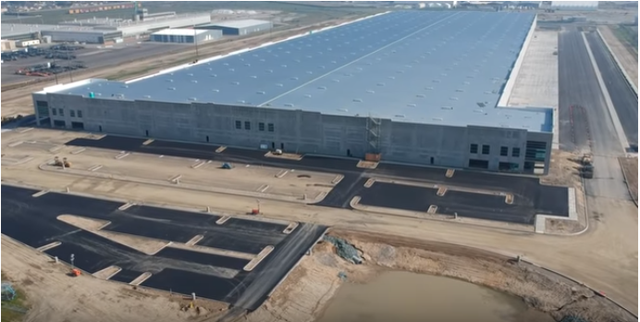

There were problems in the assembly line. He needed Tesla to churn out 5,000 Model 3’s each week to break even - the point at which the company could potentially turn a profit on each car sold.īut when the company originally began producing Model 3’s, they could barely meet this target. Musk had laid out the unit economics that could potentially put the company on a path to profitability. It was the single biggest one-week product launch ever.Īll the company had to do now was start pushing those vehicles out of the assembly line. Within just one week, Tesla received more than 325,000 bookings- roughly $14 billion in implied future sales. In March 2016, the company started accepting reservations for the Model-3. The company poured money into automation to cut costs across the board and they desperately tried to scale from being a small manufacturer of luxury sports cars to a massive player in the mass market segment.Įventually though, the expectations went into overdrive. Step 3: Once the luxury sedan takes off, use proceeds from this sale to market and sell a truly affordable electric car that hundreds and thousands of people could buy.Īnd Elon Musk was about to bet the entire company on this little dream. Step 2: Use the revenue from selling the sports car to create a more affordable luxury sedan. Step 1: Build a luxury electric sports car that could make some money. Tesla’s massive ambitions have always hinged on the success of Model-3, an affordable mass-market electric car that was supposed to revolutionise the auto industry.Īs Elon Musk outlined in his master-plan memo back in 2006 - The strategy of Tesla is to enter at the high end of the market, where customers are prepared to pay a premium, and then drive down market as fast as possible to higher unit volume and lower prices with each successive model.


 0 kommentar(er)
0 kommentar(er)
